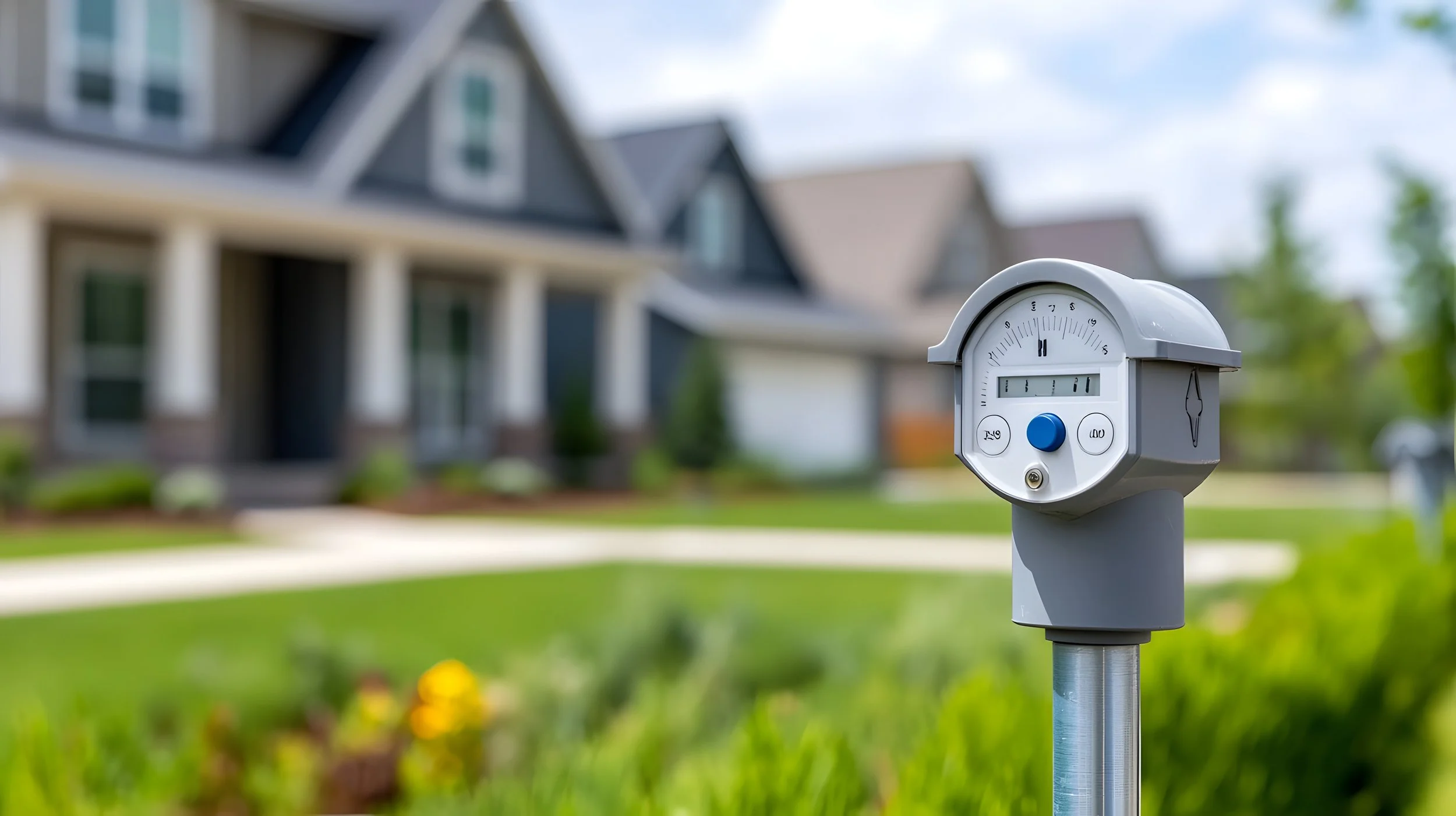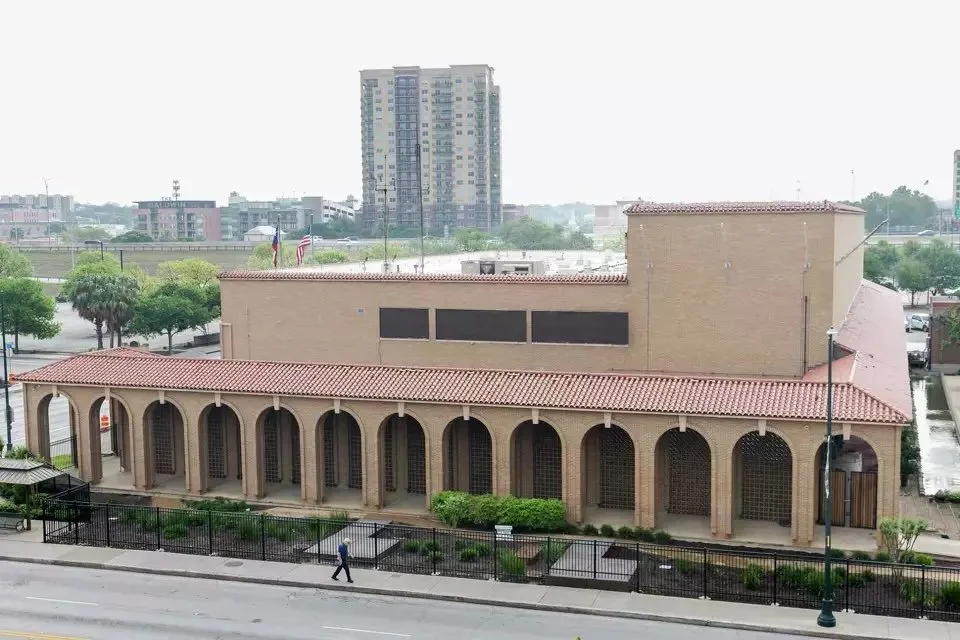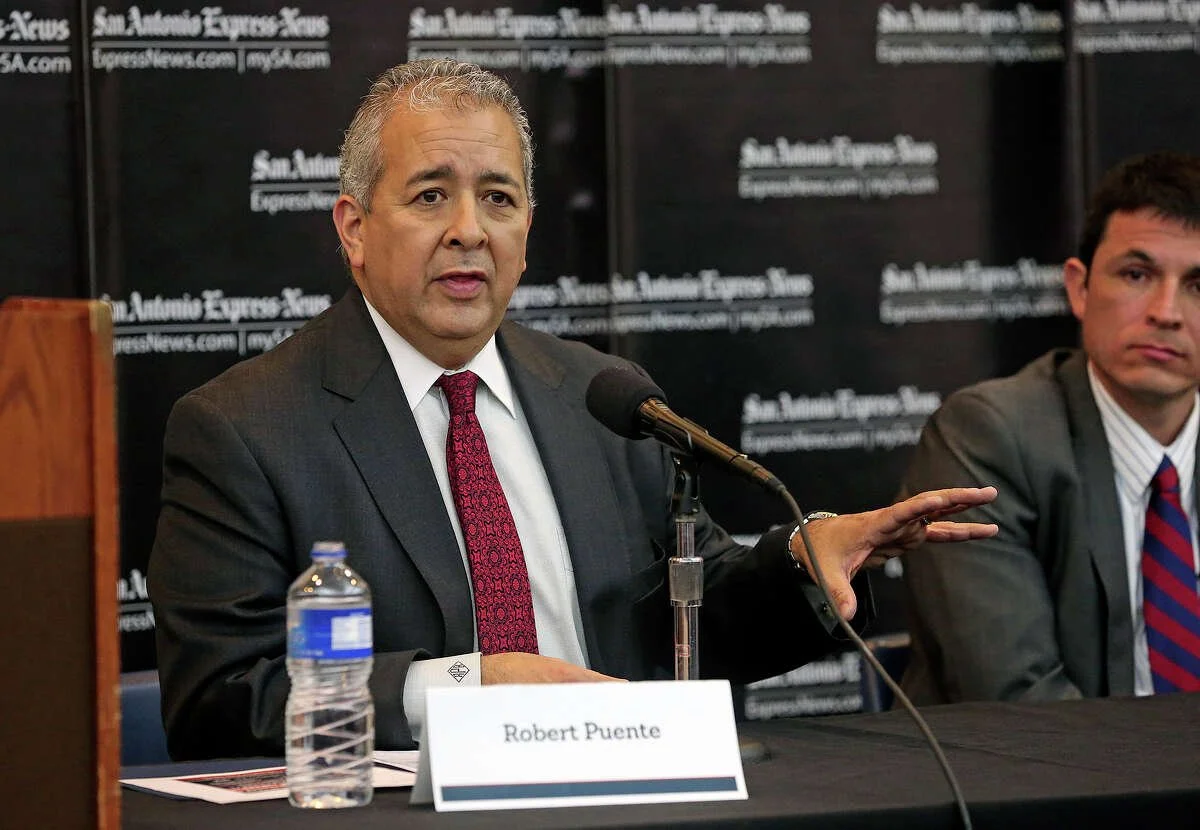San Antonio Water Rates Could Rise in 2026—Here’s How SAWS Can Earn Support
Why San Antonio Water Bills Could Rise in 2026
The San Antonio Water System (SAWS) has signaled it will likely propose its first residential water rate increase since 2020. The additional revenue—more than $600 million—would fund wastewater plant upgrades to meet environmental regulations and replace aging pipes that leak billions of gallons each year.
Another major factor: the possible $100 million relocation of SAWS’ downtown chilled-water plant, tied to a redevelopment effort known as Project Marvel. While details aren’t final, public debate is already taking shape.
SAWS’s may relocate its largest chilled water plant for a price tag of $100 million should San Antonio’s proposed downtown redevelopment project, dubbed Project Marvel, move forward.
How SAWS Managed Past Water Rate Increases
SAWS has experience navigating rate hikes. In 2018 and 2019, it raised rates in back-to-back years, focusing communications on three themes:
Staying in compliance with environmental and safety regulations.
Investing in reliable infrastructure for the long term.
Highlighting that San Antonio water bills remained among the lowest in large U.S. cities.
The process included multiple public touchpoints—from advisory boards to council hearings—before rates were approved.
For the Vista Ridge water project, SAWS also spread increases over several years, reducing the shock to customers. During COVID, the utility froze rates and in 2023 even lowered most residential bills by changing pricing tiers—moves that built goodwill and trust.
SAWS President & CEO Robert Puente speaking at a forum on water planning and rate increases. Credit: San Antonio Express-News.
Why This Water Rate Increase Faces New Challenges
Today’s environment is tougher:
Affordability Concerns: SAWS reported losing 19.2 billion gallons of water in 2024 through leaks. Customers will demand to know why they should pay more when so much is lost before reaching homes.
Development Skepticism: The chilled-water plant relocation for Project Marvel raises questions about whether ratepayers are subsidizing private development.
Faster News Cycles: Social media platforms like TikTok, X (Twitter), and Nextdoor can shape the narrative before the first official meeting is held.
Water Rate Increase Communications Strategy: From Explaining to Engaging
If SAWS wants to maintain trust, it should go beyond explaining the numbers and actively involve the public in shaping the plan.
1. Show the Direct Benefit to Customers
For each major expense, explain the specific benefit:
“$X to replace mains and save Z gallons of water per year.”
“$Y to meet environmental standards and avoid $A in fines.”
2. Separate Project Marvel From Core Water Rates
Publish clear, plain-language details about potential costs, who would pay, and how those decisions will be made—before the rate hike debate begins.
3. Involve Trusted Community Voices Early
Invite neighborhood leaders, affordability advocates, and environmental groups to review and shape proposals. Sharing both supportive and critical feedback signals transparency.
4. Create a Public Progress Tracker
Launch a “Rate Promise Tracker” showing real-time updates on:
Miles of pipe replaced
Gallons of water saved
Project timelines and budgets
Leak-repair milestones
5. Lead With Bill Assistance Options
Proactively reach out to eligible households for SAWS’ affordability programs. Make enrollment automatic wherever possible.
6. Control the Timeline Narrative
Explain why rates have held steady—or dropped—for several years and why 2026 is the responsible moment to invest.
Steps SAWS Should Take Before Proposing a Rate Hike
Release a neighborhood leak-repair plan with timelines and milestones.
Publish a Marvel Project explainer separating it from core water service costs.
Develop a toolkit with FAQs, bill calculators, short videos, and graphics for council members and neighborhood leaders.
Prepare independent experts to validate the plan and answer media questions.
SAWS earned goodwill by freezing and lowering rates in recent years. But with affordability concerns, development questions, and faster public opinion cycles, 2026 will be a harder sell. The key is radical transparency, measurable leak reduction, and clear separation of core water needs from optional projects. If customers see the investment preventing bigger costs down the road, they’ll be more likely to support paying a little more now.
Need to get ahead of the story before it gets ahead of you?
At Holler Strategic Communications, we help organizations navigate complex public issues, manage reputational risk, and communicate with clarity when it matters most. Whether you’re a public utility facing scrutiny, a business managing change, or a nonprofit seeking to build public trust, our team delivers strategies that move the needle—and protect your credibility.
Let’s talk. Contact us today to start shaping the conversation in your favor.



